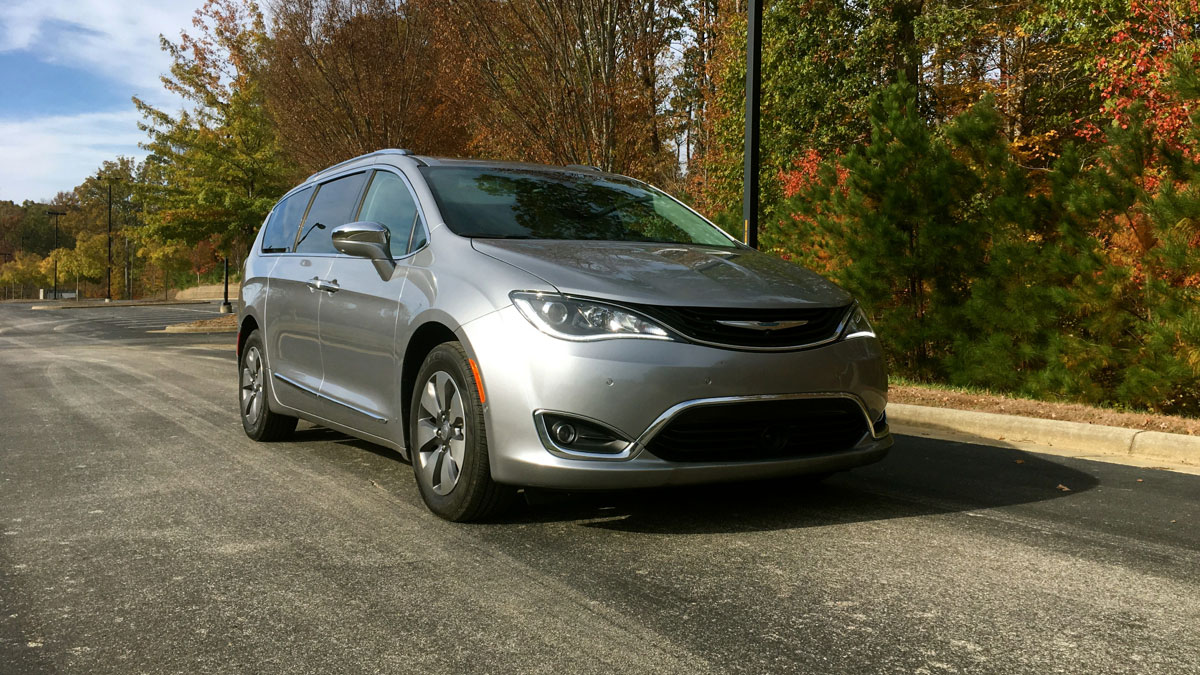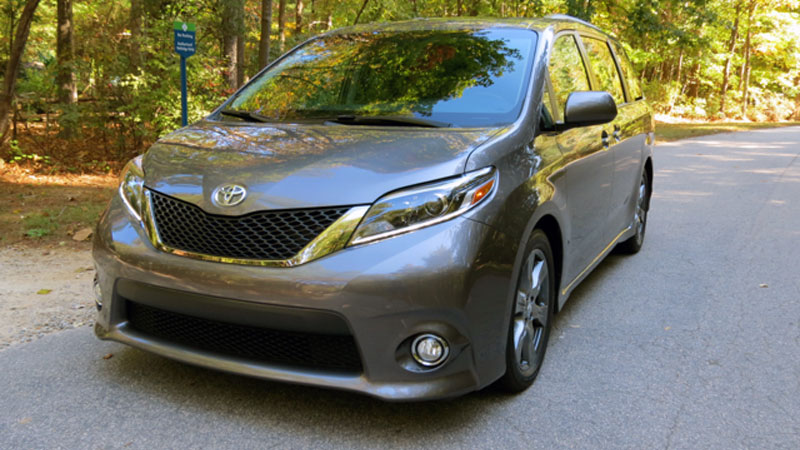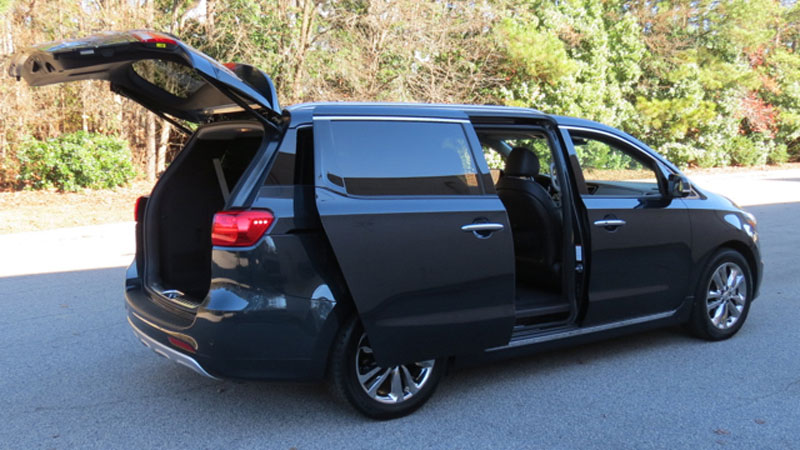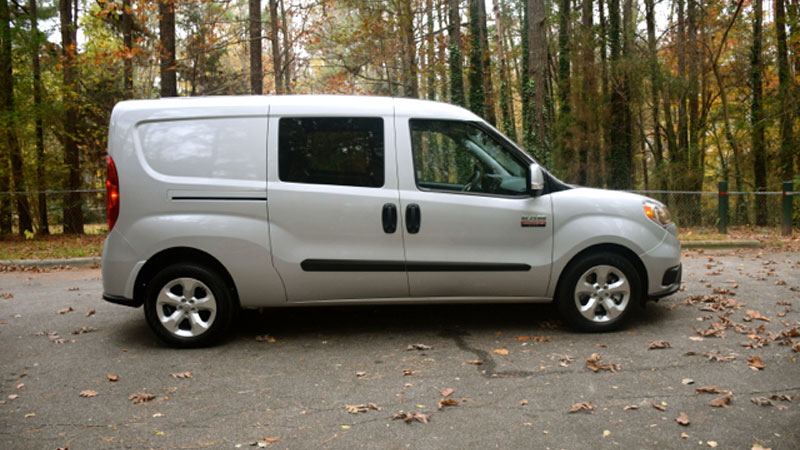Family-Friendly Efficiency: The 2019 Chrysler Pacifica Hybrid
The only plug-in hybrid minivan. The once dominate minivan segment continues to shrink as consumers embrace crossovers. In reality, the two segments are closely related as minivans rival three-row midsize SUVs in size. The difference is, of course, in exterior utility — crossovers offer available all-wheel drive, while all minivans … Read more




